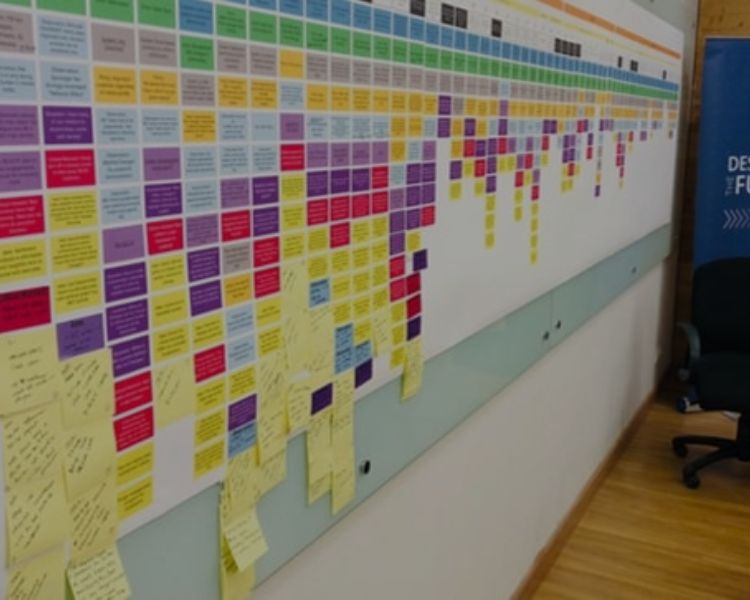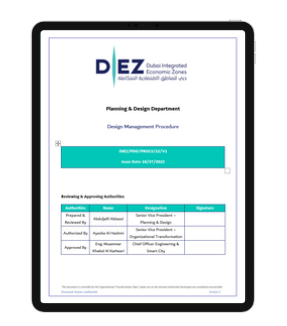Service Design is at the heart of creating meaningful, efficient, and user-centered experiences. At our core, we aim to transform the way services are delivered by bridging the gap between business objectives and customer expectations. By leveraging tools such as Customer Journey Mapping, Service Blueprinting, and Value Proposition Canvas, we ensure every interaction with your service is intuitive, seamless, and valuable. Whether you are reimagining your existing offerings or launching a new service, our approach is tailored to understand your audience, align internal processes, and maximize operational efficiency.
Service Design is at the heart of creating meaningful, efficient, and user-centered experiences. At our core, we aim to transform the way services are delivered by bridging the gap between business objectives and customer expectations. By leveraging tools such as Customer Journey Mapping, Service Blueprinting, and Value Proposition Canvas, we ensure every interaction with your service is intuitive, seamless, and valuable. Whether you are reimagining your existing offerings or launching a new service, our approach is tailored to understand your audience, align internal processes, and maximize operational efficiency.
- FAQs
-
- What is Service Design, and why is it important for my business?
-
Service Design is the process of planning and organizing people, infrastructure, communication, and materials to enhance a service's quality and interaction. It is crucial for businesses as it helps align services with customer needs, improving satisfaction and operational efficiency.
- How can Service Design benefit my organization?
-
Service Design identifies gaps in existing workflows, enhances customer experiences, streamlines operations, and fosters innovation. It provides a holistic approach to creating scalable and sustainable solutions for your business.
- What industries can benefit from Service Design?
-
Service Design is applicable across industries, including retail, healthcare, finance, education, logistics, and technology. Any organization aiming to improve customer satisfaction and operational efficiency can benefit.
- What tools and techniques are used in Service Design?
-
Common tools include Customer Journey Mapping, Service Blueprinting, Value Proposition Canvas, Business Model Canvas, and Success Metrics. These tools help visualize processes, identify gaps, and design actionable solutions.
- How long does it take to implement Service Design?
-
The timeline varies depending on the complexity of your project and business requirements. It typically ranges from a few weeks for specific processes to several months for more comprehensive, end-to-end service transformations.
Service Offers
Customer Journey Mapping
We design comprehensive maps of the customer experience, identifying pain points, opportunities, and key touchpoints to enhance engagement and satisfaction.
Research Plan
Our team creates detailed research protocols to ensure your project objectives are clearly defined, guiding every stage of the service design process.
Transition Journey
We analyze user behavior and roles within your ecosystem, crafting adaptable experience journeys that evolve with changing customer needs.
System Map
We visualize all actors, components, and interactions involved in your service delivery, offering a clear picture of your service's ecosystem.
Value Proposition Canvas:
We articulate the unique value your service provides, aligning it with user expectations to maximize impact.
AI Landscape
We ideate innovative AI applications tailored to your service, unlocking new functionalities and enhancing user experiences.
Service Blueprint
We map out the entire service delivery process, highlighting both customer-facing and backend operations to optimize efficiency.
Business Model Canvas
We help you outline your service’s business model, including financial and operational structures, ensuring long-term viability.
Success Metrics
We define clear KPIs to measure the success of your service, helping you track outcomes and drive continuous improvement.
Service Benefits
By focusing on user needs and pain points, service design ensures your offerings align with customer expectations, fostering satisfaction and loyalty.
Service design identifies inefficiencies and bottlenecks in your processes, streamlining workflows and reducing costs.
With tools like journey mapping and value proposition design, service design enables the creation of innovative solutions tailored to market demands.
Service design connects all aspects of your organization—people, processes, and technology—to work towards a unified business goal.
Service design delivers adaptable frameworks that evolve with your business, ensuring long-term growth and relevance in a dynamic market.
Service Design
DIEZ – Service Design
Service Design









